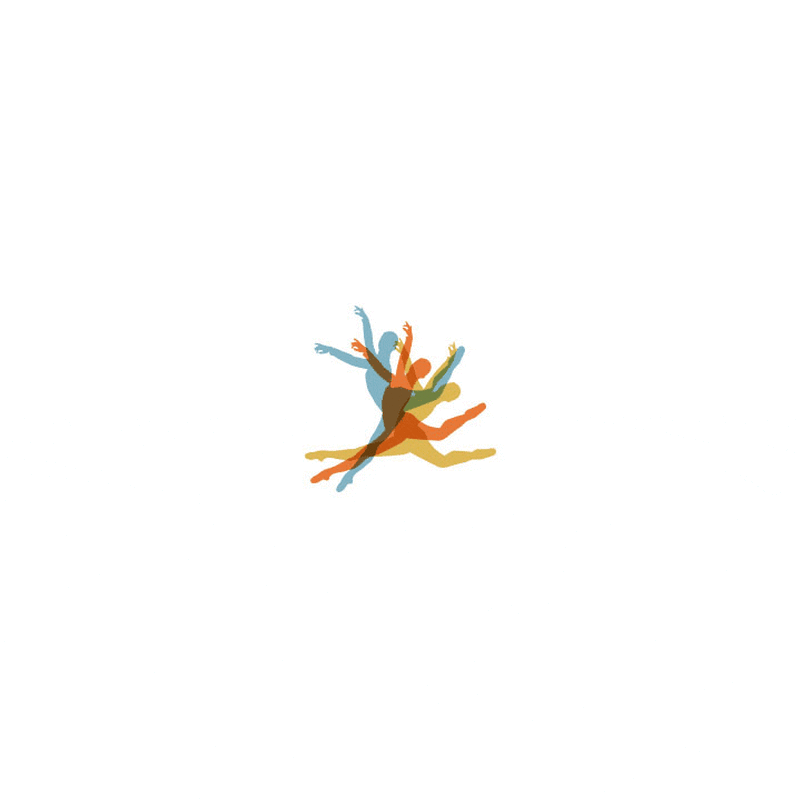Junior Company members become storytellers "Boundless: Wonder"
Ballet Memphis Junior Company regularly performs story ballets, and it has long provided student dancers with the opportunity to explore the creation of dances by presenting student-made works of choreography. But this weekend will be the first-ever fusion of the two when we perform Boundless: Wonder at the Ballet Memphis Studios.
Throughout the last year and a half, Ballet Memphis School’s most advanced level dancers have been studying the art of making dances in weekly choreography workshop classes. We first explored such basics of movement composition as: use of time, rhythm, space, direction, level, floor patterns, the transposition of movement from one body part to another, and the reversing and retrograding of sequences of movements and patterns. Last Fall, the students spent seven weeks learning about William Forsythe’s Improvisation Technologies system of creating original movements and phrases from Elizabeth Corbett. And whenever Ballet Memphis guest choreographers were in town to create works on the company, they came to speak to the students about their creative process.
After last year’s highly-successful production of short, abstract, student-choreographed works based on the theme of Flight, I chose an even more ambitious project for this season -- to commission mini-story ballets of 15-20 minutes in length, using approximately 10-12 dancers each, choreographed by three Junior Company members. The choreographers selected were: Kelly O’Daniel, a sophomore at St. Benedict’s; Kianna Wong, a Westminster Academy junior; and Ashley Hannah Davis, a home-schooled senior who is also a trainee with Ballet Memphis this season.
Because creating a story ballet involves many more interwoven elements than simply using a larger cast and a longer piece of music, and because Steven McMahon has been creating an original production of “Peter Pan” which will premiere in less than a month, I thought this would be a good project for these student choreographers to experience firsthand.
When the choreographers and I first met about the project last Spring, we discussed possible sources of inspiration for their short narrative works: nursery rhymes, fables, fairy tales, myths, and original stories. We talked about how and where to look for music that could either inspire a plot, or fit an already conceived idea. I encouraged them to be creative in adapting their story in unexpected ways. Sometimes choreographers start with the story and find music to fit; other times, a piece of music will inspire a narrative idea. Regardless of whether the music or general plot is selected first, the detailed storyline, characters, and movement vocabulary develop in the process of merging the story with the music.
Kianna Wong’s ballet, Pandora’s Box, is a contemporary interpretation of the classic Greek myth. While the plot remains fairly true to the original story, Kianna has chosen to depict the personas of the four Miseries as animals -- Greed as a raccoon, Sloth as a cat, Anger as a wolf, and Pride as a peacock. Her choice of music, several songs by American street musician, Moondog, adds an unexpected and very contemporary mood to the work.
Kelly O’Daniel chose to write an original story about the relationship between a young man and woman who come from different social classes. Her search for music led her to excerpts from several film scores that underscore the romance between a boy and a girl, and the resultant struggle with her disapproving family. The Red Ribbon explores a wide range of emotions and showcases the dramatic skills of its cast members.
The third story was inspired by music found by Ashley Hannah Davis. Originally written as the score to an animated fairy tale, its playful and witty orchestration accompanies Ashley Hannah’s charming adaptation of Humpty Dumpty -- in which the main character is a young woman (rather than an egg) and what gets broken is her heart.
Once the stories and music were selected, the choreographers submitted proposals and negotiated over the casting of the 30 Junior Company dancers. Next, they met with the production team of designers to discuss costumes, sets, props, and lighting. Finally, eight months after the initial project meeting, rehearsals began in early January. Up until this point, the choreographer’s ideas and vision for her work exist entirely in her own head so the next phase of the project is both the most exciting and the scariest -- as that vision becomes a reality. During this two and a half month staging and rehearsal process, each choreographer has put in between 35-50 hours with their cast members in the studio, and countless hours of planning and preparation at home.
Clearly, this has been a huge undertaking for the three high school students who have kept up with their academic studies, and their regular 10+ hours of dance classes each week. The rewards are great, though, and you can see the results of their creativity and hard work this weekend as we present Boundless:Wonder at the Ballet Memphis Studios. Performances are at 7:30 on Friday and Saturday (March 21 & 22) and at 7:00 on Sunday (March 23). Tickets are $15 and $10 and are available online, at the Ballet Memphis box office (737-7322), and at the door.
Janet Parke, Ballet Memphis School Principal and Junior Company Director




